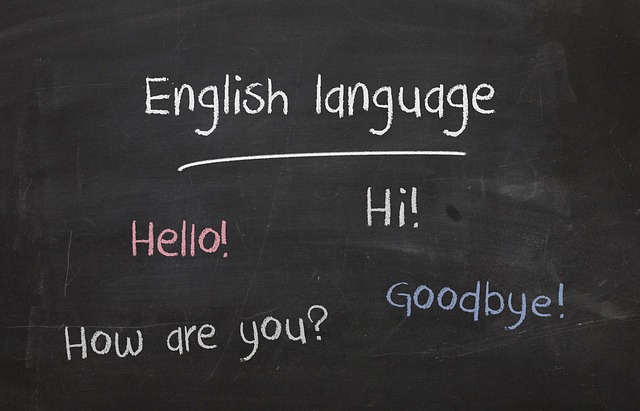Communication Degree: What You Can Study and Where It Leads
A communication degree examines how people exchange information across contexts, media, and cultures. Programs typically blend theory and practice, covering interpersonal communication, public speaking, writing, media production, and research methods. Students gain skills in listening, message design, storytelling, and digital tools that apply to fields such as media, marketing, education, and organizational leadership. Coursework, internships, and capstone projects help translate classroom learning into real-world experience, preparing graduates for diverse roles that require clear, persuasive, and ethical communication.

What is a communication degree?
A communication degree is an academic program that explores the processes, channels, and effects of human communication. Core topics often include communication theory, rhetoric, interpersonal skills, public speaking, persuasion, media studies, and research methods. Many programs offer concentrations—such as organizational communication, media production, health communication, or strategic communication—allowing students to tailor learning to career interests. Practical components like labs, studios, internships, or portfolio projects reinforce technical abilities in writing, video/audio production, social media management, and data interpretation.
How does it relate to education and teaching?
Communication degrees intersect with education in several ways. Graduates can move into roles that support teaching and learning—such as instructional designers, educational communicators, or trainers—by applying principles of message clarity, audience analysis, and instructional design. Some programs include courses on pedagogy, educational media, or communication for diverse learners, useful for educators and administrators. For those seeking classroom teaching positions, additional certification or a specialized education degree may be required depending on regional licensure rules, but communication skills strengthen lesson design, parent engagement, and school communications.
What career options does it open?
A communication degree opens pathways across sectors. Common career routes include public relations, corporate communications, human resources, nonprofit outreach, event coordination, and government relations. Graduates also enter roles in sales, content strategy, technical writing, and project management. Media and marketing positions—such as social media manager, content creator, or communications specialist—are frequent outcomes. Transferable skills like critical thinking, message framing, audience research, and cross-cultural awareness make these graduates adaptable. Some careers benefit from complementary qualifications (e.g., analytics, graphic design, or a business minor) or industry-specific experience.
How does a communication degree prepare you for media roles?
For media roles, a communication program typically teaches storytelling, media ethics, reporting, and multimedia production. Students learn to write for different platforms, produce audio and video content, and use digital editing tools and content management systems. Coursework in audience analysis and media effects provides frameworks to craft messages that resonate. Practical opportunities—student-run newspapers, radio, television, or podcast studios—help build a portfolio. Understanding legal and ethical considerations, such as copyright and fact-checking, prepares graduates for responsible work in journalism, broadcasting, content production, and digital media teams.
How is communication used in marketing?
Communication underpins many marketing activities: branding, messaging, campaign planning, and customer engagement all rely on clear, targeted communication. A communication degree equips students with skills in persuasive writing, storytelling, market segmentation, and media planning. Combining these with analytics and digital marketing tools helps measure campaign effectiveness and refine strategies. Roles often intersect with media production and data analysis—content strategists, copywriters, social media managers, and communications analysts. Collaboration with design and sales teams further amplifies marketing efforts, making communication graduates valuable contributors to integrated marketing initiatives.
A communication degree is versatile, blending theoretical insight with hands-on skills applicable across media, marketing, education, and many organizational contexts. When evaluating programs, review course offerings, practicum or internship opportunities, faculty expertise, and available labs or studios. Consider combining communication studies with minors or certificates in digital analytics, graphic design, or business to broaden career prospects. Local services, professional associations, and internship placements in your area can provide practical experience and networking. Ultimately, the degree builds a foundation in message design and audience understanding that supports a wide range of professional directions.






